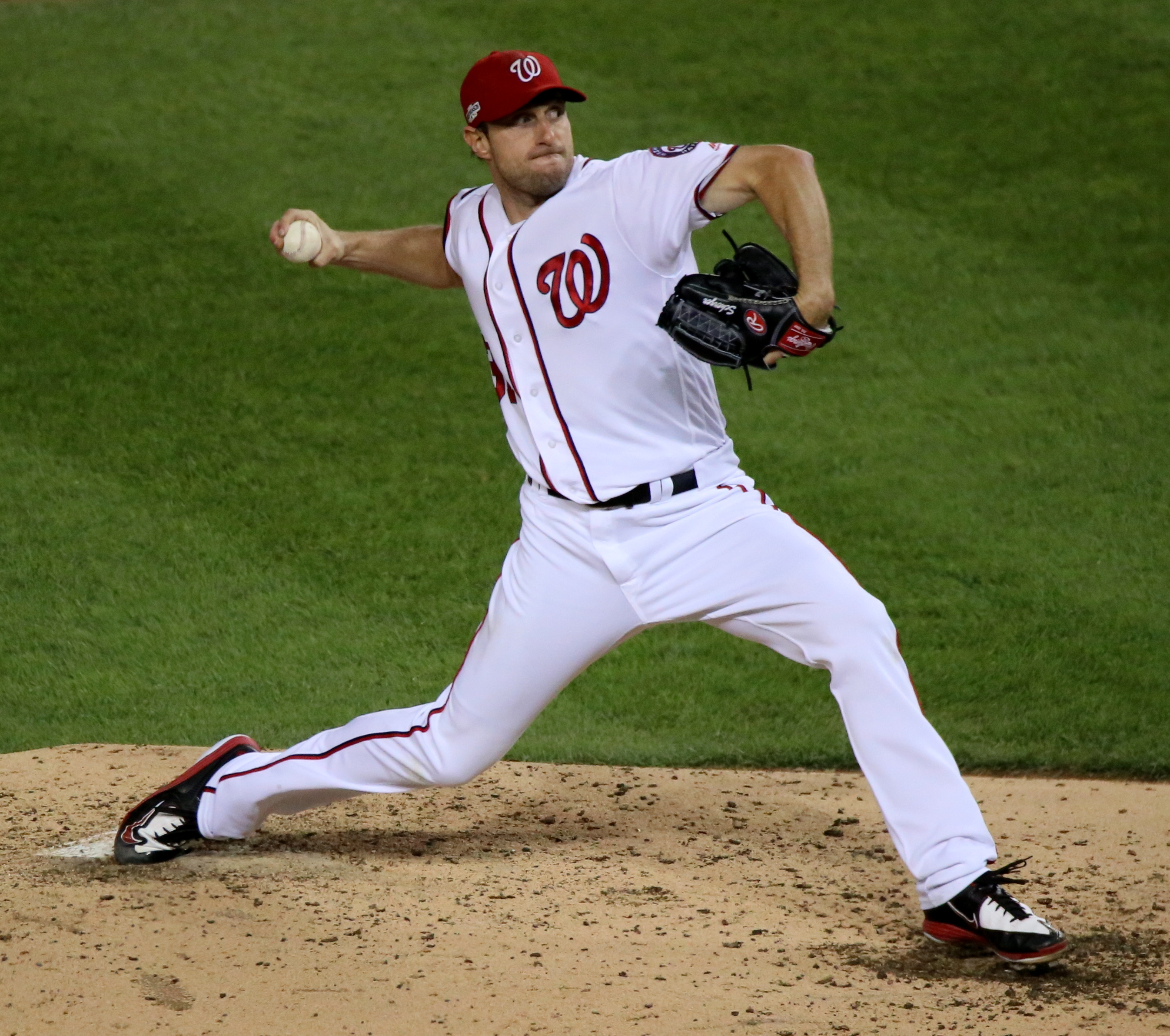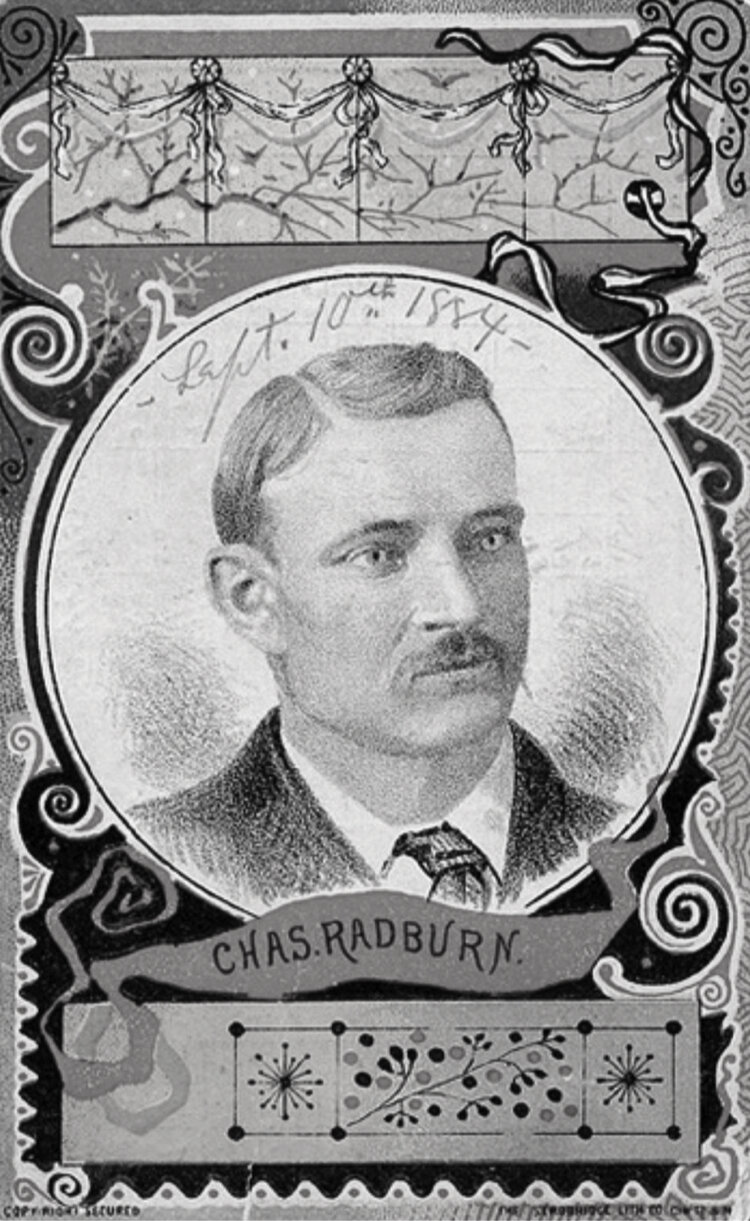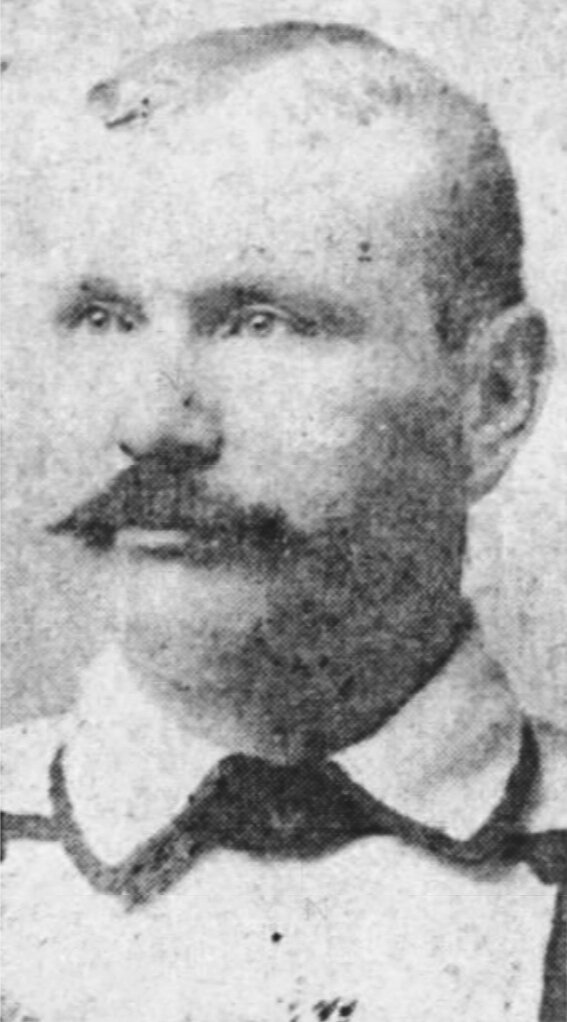The MLB Lockout has been raging on for three months, and following the cancelation of the first two series of the MLB season, this fiasco needs some explaining. The CBA, or Collective Bargaining Agreement, occurs between the MLB and the MLBPA (Major League Baseball Players Association), and without one, games cannot commence. The CBA needs to be renewed every five years, and if an agreement is not reached before the end of December 1st, there are three options for proceeding.
The first of these options is that the MLB can enforce a lockout, which is voted on by the owners. A lockout means that players cannot be in contact with coaches or a team’s front office, and it is the option currently in effect. At any time, the owners can vote to remove the lockout and start a new season using the expired CBA, which is the second option. Using this, they can completely prevent a loss of games, but in this case the MLB believed that instating a lockout would stimulate negotiations.
Playing under the old CBA has one downside, and that is the fear of the players striking if they are unhappy with the ongoing negotiations for a new CBA. This would mean that no games would be played until an agreement is reached, and that is what happened in 1994, the only season not to have a World Series since 1904. A strike allows for the owners to have a season, but not with any members of the MLBPA. In the case of 2022, the owners have instated a lockout, and regular season games have already been canceled.
Right before the lockout, MLB had debatably its most exciting week of free agency in recent history. With the lockout impending, many free agents wanted to guarantee a contract before the lockout, knowing that there would not be much time to sign after the lockout ends. Between November 26 and December 1st, the free agent market was explosive. On Black Friday, the Mets stole the show, signing Eduardo Escobar, Mark Canha, and capping off the night with Starling Marte (note that all of the players mentioned who signed a contract agreed to the contract on the given date, but officially signed it at a later date).

Following the Mets spending spree, that weekend saw many other free agent signings. Saturday, November 27th, was a relatively quiet day and there were not any major free agent signings. However, there was a trade between the Seattle Mariners and the San Diego Padres which sent Adam Frazier to Seattle in exchange for two prospects, one a lefty reliever and the other an outfielder.
The following day, there were an abundance of contracts being signed. The day began with a headlining 100 million dollar extension for noted speedster Byron Buxton, who will be the Twins center fielder for the next eight years barring a trade. Not too long after, Marcus Semien, who broke the record for most home runs by a second baseman in a single season, signed a deal with the Texas Rangers. The Rangers, who had a lackluster 2021 season, were far from done with signings for the next couple of days.
This was followed by a few smaller deals, including Avisail Garcia agreeing to a four year deal with the rebuilding Marlins, as well as Jon Gray leaving the pitching nightmare that is Colorado and joining the up-and-coming Rangers. Then, Kevin Gausman, one of the biggest pitching names on the market, signed a five year, $110 million deal with the Toronto Blue Jays. Toronto, who had a stellar offense in 2021, was in desperate need of pitching all year, and Gausman, who was relatively affordable considering his dominance in the last two seasons, is hoped to fill that role.
Late that evening, reports came out regarding Max Scherzer, an almost certain first-ballot Hall of Famer who has dominated the sport for the past eight years, signing a deal with the New York Mets. At the 2021 trade deadline, Scherzer did not want to be traded to a cold place, including New York, so this news came as a shock. Most of the baseball world expected Scherzer to stay with L.A, or if not there another team on the west coast. The reports continued through the night, providing more details on what a completed contract would look like, but Mets fans were still skeptical, as a similar situation occurred the prior offseason, resulting in Trevor Bauer signing with the Dodgers after he was reportedly signing with the Mets.
As morning came, a deal was still not agreed upon. Mets fans grew wearier by the minute, but when the clock hit quarter to one in the afternoon, Max Scherzer agreed to a record-breaking 3 year, $130 million deal, giving him the highest annual salary in baseball history. Scherzer is on the board of the MLBPA, so the baseball community was anxious to see whether he would wait to sign until after a new CBA is agreed upon, but most believe his signing was due to the incredible offer made by the Mets, one that is almost impossible not to accept.

Just a mere two hours later, the Mariners had found their ace, signing AL Cy Young award winner Robbie Ray to a five year deal worth $115 million. Ray, though shaky in the past, had a breakout year in 2021. This deal hurts the Blue Jays almost as much as it helps the Mariners, as the Blue Jays had in essence replaced their Cy Young Award winner with a pitcher of a similar caliber, but instead of growing their pitching staff, it become more of a replacement. Also, less than an hour later, the Rangers made their third splash, signing perennial all star shortstop Corey Seager to a 10 year, $325 million deal.
The Texas Rangers had gone from a weak middle infield, with the likes of Nick Solak and Isiah Kiner-Falefa, to a record- breaking second baseman and a young, extremely talented shortstop. The day ended with two relievers signing rather insignificant deals, one involving Daniel Hudson to the Dodgers, and the other involving Kirby Yates, a pitcher with incredible potential, but an inability to stay healthy, to the Braves.
Early in the morning of November 30th, the MLB and MLBPA had another bargaining session prior to the lockout. The meeting was extremely unsuccessful, almost confirming the fears of a lockout going into effect. The last day of November brought fewer significant signings than the previous day, but the catching market was almost completely exhausted, with Roberto Perez and Yan Gomes signing that day. As the sun went down and all optimism between the two sides was dissipating, Raisel Iglesias, closer for the Angels, resigned for four years.
Then came December 1st, the final day before the lockout was instated. The meeting held between the MLB and MLBPA was brief, lasting seven minutes and completely killing any hope of the sides striking an eleventh-hour deal. After the likes of James Paxton (Red Sox) and Corey Knebel (Phillies), two injury-riddled pitchers, signed in the morning, fans were not sure how the rest of the day would unfold. Javier Baez agreed to a deal not too long after with the Detroit Tigers, the last $100 million deal signed before the lockout.
As the day went on, Chris Taylor resigned with the Dodgers, and Mark Melancon signed with the Diamondbacks. With only a few hours remaining before the lockout, Marcus Stroman, via Twitter, announced his deal with the Chicago Cubs, marking the last non-international signing before the lockout. As the lockout loomed just thirty minutes away, the Boston Red Sox traded star outfielder Hunter Renfroe to the Brewers, for two promising prospects and Jackie Bradley Jr. That is the last deal the MLB has seen involving Major League Players.
Although the lockout is negative, a case can be made that it created the best week of free agency in baseball history. Over the past ten years, free agency has been marked with sporadic deals, ranging over a three month period. The fear of a lockout changing the way contracts are structured scared almost half of the notable MLB free agents to sign a deal in a week’s time. Over the past five seasons, there were very few weeks where there were multiple $100 million contracts signed, and the best of those weeks was headlined by Manny Machado and Bryce Harper, who both signed $300 million plus contracts. In the weeks before the lockout, there were seven $100 million plus contracts.
That week was more exciting than many off-seasons put together. Once the lockout finally ends, it will create a similar free agency wave, but even more condensed. With the MLB hoping to start spring training games a week after a CBA is agreed upon, it will not give players much time to choose a destination and make arrangements to be there for their first game. With the likes of Carlos Correa, Freddie Freeman, and Kris Bryant still yet to sign, the immediate time after the lockout ends will make fans forget parts of the despair the lockout brought. Hopefully a CBA is agreed upon soon, resulting in at least 130 games played. Meanwhile, new excitement surrounding free agency may change the player signing process forever.










































